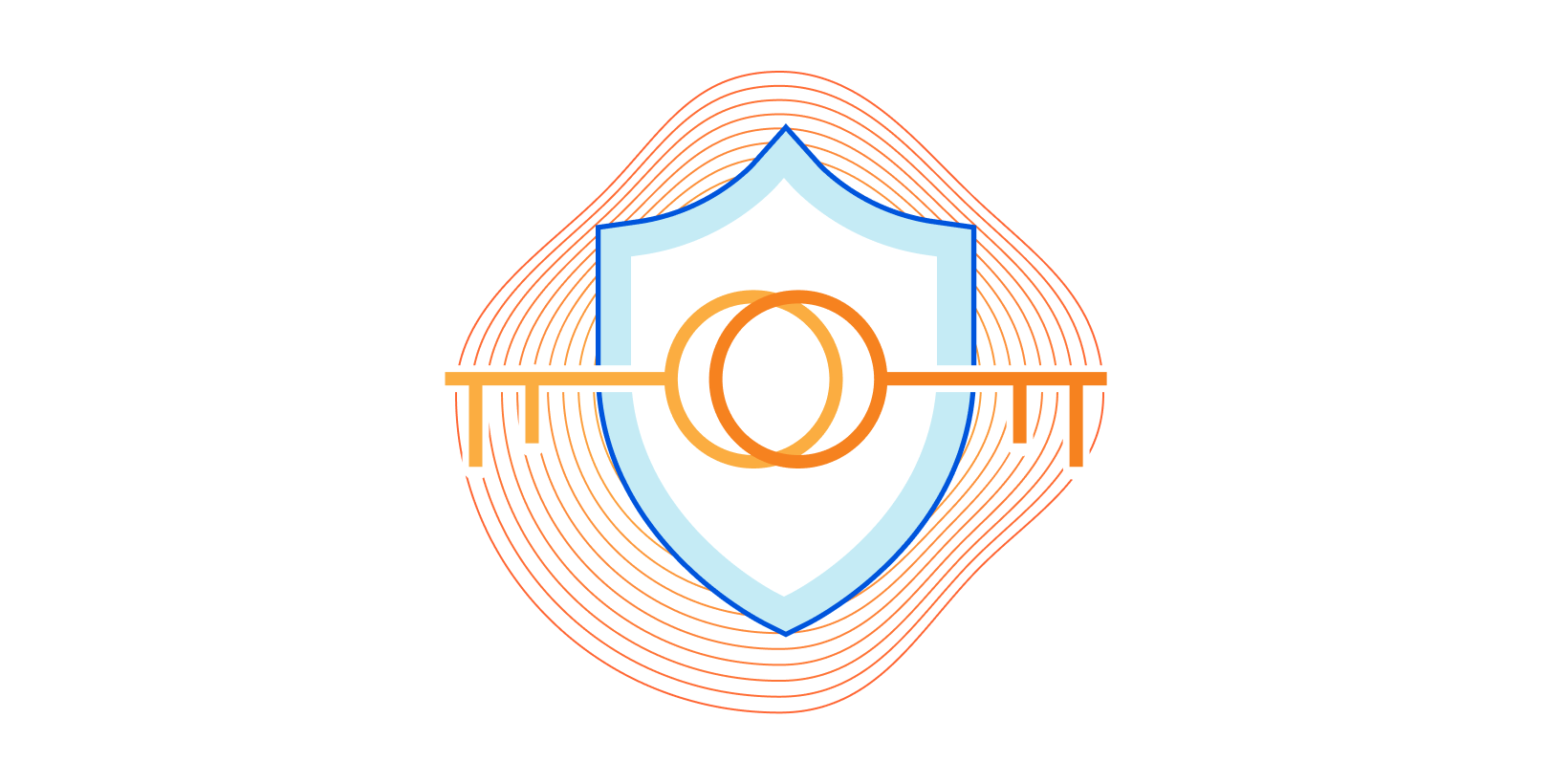Technology Short Take 135
Welcome to Technology Short Take #135! This will likely be the last Technology Short Take of 2020, so it’s a tad longer than usual. Sorry about that! You know me—I just want to make sure everyone has plenty of technical content to read during the holidays. And speaking of holidays…whatever holidays you do (or don’t) celebrate, I hope that the rest of the year is a good one for you. Now, on to the content!
Networking
- Arthur Chiao cracks open
kube-proxy, a key part of Kubernetes networking, to expose the internals, and along the way exposes readers to a few different technologies. This is a good read if you’re trying to better understand some aspects of Kubernetes networking. - Gian Paolo takes a look at using tools like
curlandjqwhen working with networking-related APIs. - It’s not unusual to see “networking professionals need to learn developer tools,” but how often do you see “developers need to learn these networking tools”? Martin Heinz discusses that very topic in this post.
Servers/Hardware
- Kay Singh collects some user comments on the new M1-powered Apple hardware.
- Matt Bagnara shares his journey of building a mechanical keyboard from scratch. Lots of geekery in here!





